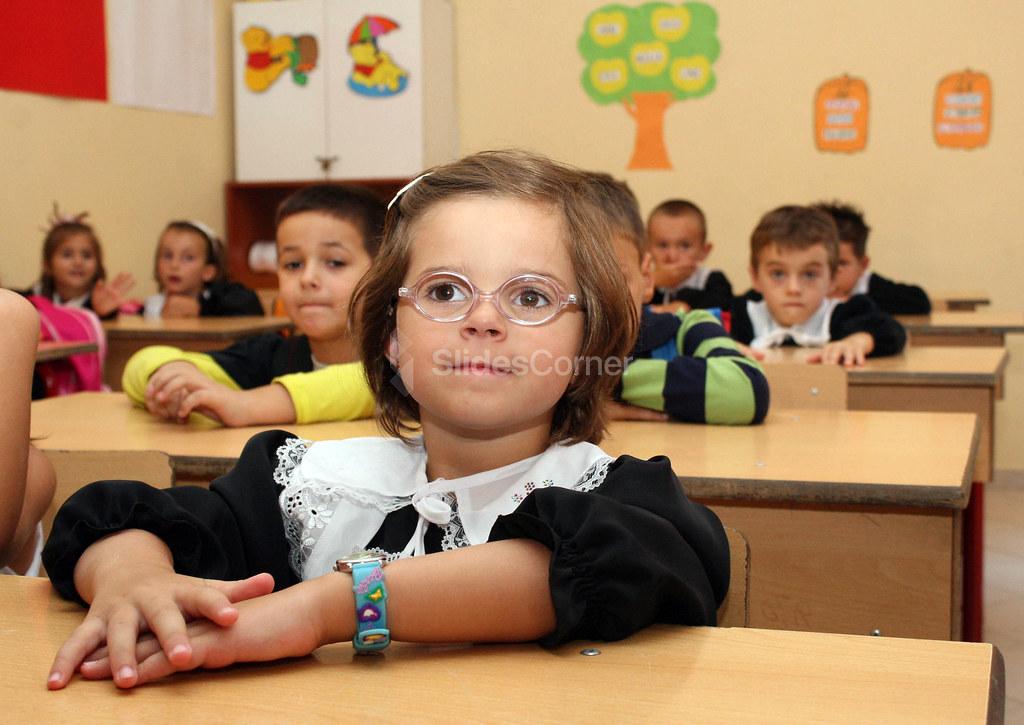Are you ready to create presentations that captivate and engage children? Follow these tips and make learning fun!
Giving a presentation to children can be a daunting task for any speaker. With short attention spans and boundless energy, it’s essential to keep kids engaged and entertained throughout the presentation.
However, with the right approach, a presentation can become a fun and interactive experience for children. In this article, we will explore effective strategies for making presentations enjoyable for kids, including incorporating interactive elements, using storytelling, and tailoring content to the audience’s interests.

By the end, you’ll be equipped with the tools to turn any presentation from boring to engaging, leaving a lasting impact on your young audience.
5 Proven Tips for Captivating Kids During Presentations
Presenting to children is a unique challenge that requires a different approach from presenting to adults. Children have different needs and interests, and they require a presentation that is engaging, interactive, and fun. Whether you are a teacher, a children’s author, or a public speaker, mastering the art of presenting to kids is an essential skill that can make all the difference in your success. These 5 tips are infallible to capture children’s attention:
1. Incorporate Interactive Elements
Engaging children in the presentation process can be an effective way to maintain their attention and make the experience more enjoyable. Consider including activities such as games, quizzes, and demonstrations that involve the children in the presentation. This could be as simple as asking for volunteers or encouraging participation through raised hands. Interactive elements can also include visual aids, such as pictures or videos, which can be used to illustrate key points and add interest to the presentation.
Additionally, hands-on activities can be an effective way to engage children. For example, if you are presenting on a science topic, consider doing a simple experiment that the children can follow along with. This helps to break up the presentation and provide a more immersive experience for the children.
2. Use Storytelling
Children love to hear stories, and incorporating storytelling into your presentation can be a powerful way to capture their attention and keep them engaged. Use anecdotes, real-life examples, and relatable characters to illustrate key points and keep the presentation interesting. Consider using props, costumes, or puppets to bring the story to life and create a memorable experience.
Storytelling can also be used to create a narrative structure for the presentation. Start with an attention-grabbing introduction and build up to a climax, followed by a satisfying conclusion. By using storytelling to structure the presentation, you can help keep children engaged and provide a sense of cohesion to the presentation.
3. Tailor Content to the Audience’s Interests
Children have unique interests and needs, and it’s crucial to understand what topics and themes resonate with them. Take the time to research your audience and tailor your presentation accordingly. This could include incorporating popular culture references, such as music or movies, or including topics that are relevant to the children’s lives.
It’s also important to consider the age range of your audience. Younger children may require simpler language and more visual aids, while older children may be more interested in deeper discussions or debates. Tailoring your presentation to the audience’s interests and needs can help make the presentation more relevant and engaging for them.
4. Use Humor
Humor can be a powerful tool for engaging children and making the presentation more enjoyable. Incorporate jokes, puns, or funny anecdotes to help break up the presentation and keep the children entertained. However, it’s important to ensure that the humor is appropriate for the audience and that it doesn’t detract from the message of the presentation.
Additionally, using humor can help to create a positive and relaxed atmosphere, which can be beneficial for both the children and the presenter. Children are more likely to engage and participate when they feel comfortable and at ease.
5. Keep it Visual
Children are highly visual learners, and incorporating visual aids into the presentation can help to keep them engaged and interested. Use pictures, videos, and diagrams to illustrate key points and break up the presentation. This can also be helpful for children who may struggle with traditional forms of learning, such as reading or listening.

The Secret Sauce to Holding Children’s Attention in Presentations
The secret sauce to holding children’s attention in presentations is to create a sense of wonder and excitement. Children are naturally curious and eager to learn, and by tapping into this innate curiosity, you can make your presentation more engaging and memorable.
One effective way to do this is to use surprises and unexpected elements throughout the presentation. This could be as simple as revealing a hidden picture or using props that pop up unexpectedly. Surprises like these can capture children’s attention and create a sense of anticipation for what’s to come.
Don’t miss the enthusiasm
Another key element to holding children’s attention is to use enthusiasm and energy throughout the presentation. Children are highly attuned to the emotions of those around them, and by bringing positive energy and enthusiasm to the presentation, you can create a positive and engaging atmosphere.
Incorporate movement and physical activities
Incorporating movement and physical activity into the presentation can also help to keep children engaged. Consider incorporating simple gestures or movements that the children can follow along with, or having the children stand up and move around during certain parts of the presentation. This can help to break up the presentation and keep children engaged and focused.
Finally, it’s important to remember that children learn best when they are having fun. By incorporating elements of play and enjoyment into your presentation, you can help children to stay engaged and motivated. This could include incorporating games or quizzes, or using humor and storytelling to create a fun and engaging experience.
By using these strategies to create a sense of wonder and excitement, bringing enthusiasm and energy, incorporating movement and play, and using surprises and unexpected elements, you can create a presentation that captures children’s attention and leaves a lasting impact.
















